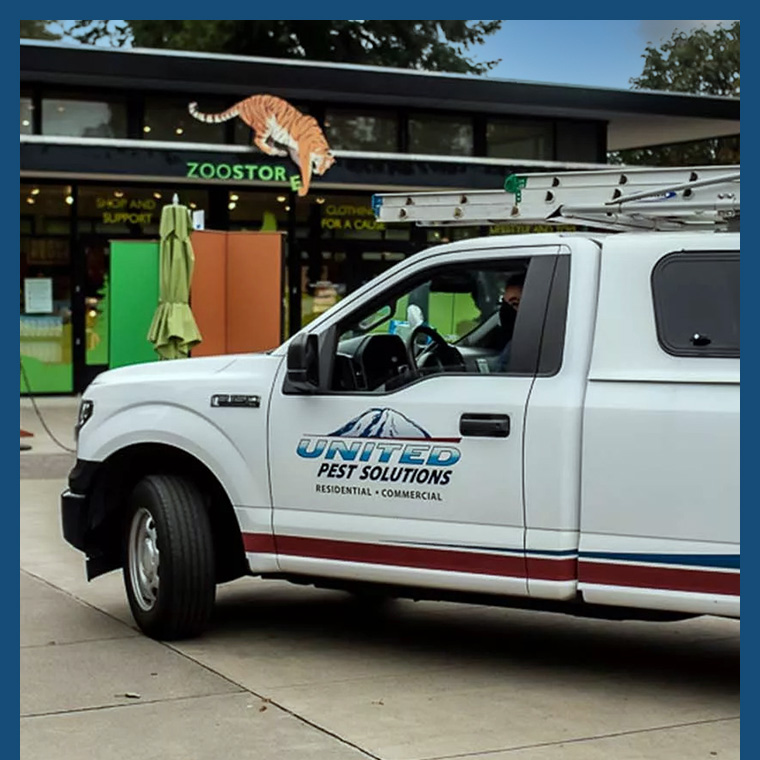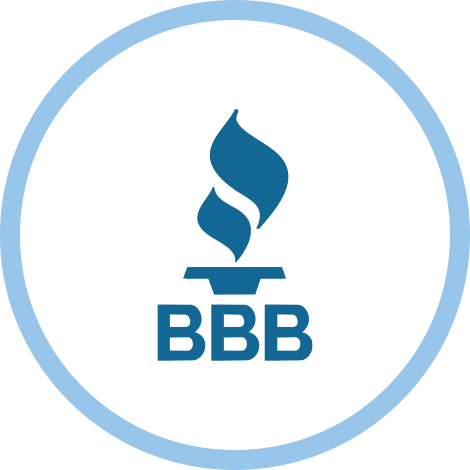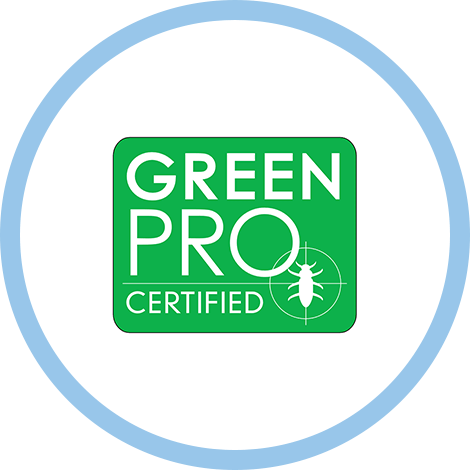
What Do Carpenter Ants Look Like, and Do They Have Wings?
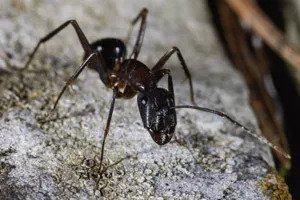
What Are Carpenter Ants?
Carpenter ants are large ants known for their wood-destroying ability. They reside here in the Pacific Northwest and throughout the world. They commonly inhabit moist or decaying wood including hollow trees, posts, landscaping wood, logs, and wood structures.
Need help getting rid of flying ants? Contact United Pest Solutions for ant control today at (888) 880-3374 or by filling out an online form!
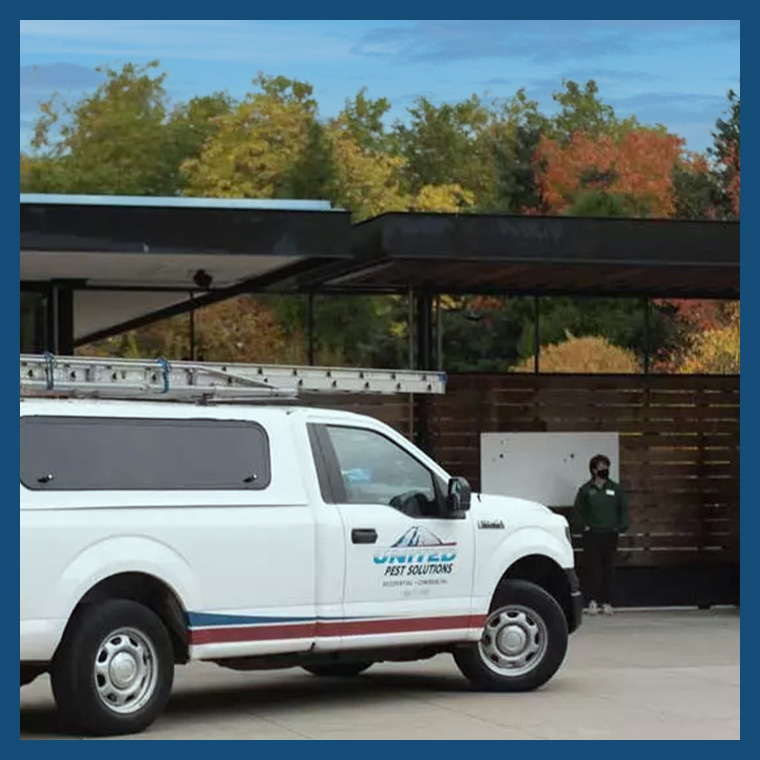

Hear from Our Pest-Free Customers
Proudly Servicing Seattle and Surrounding Areas in the Pacific Northwest
At United Pest Solutions, your satisfaction is our priority! See for yourself what our customers have to say about working with us.
-
"Response Time Was Very Good!"He was very professional and so helpful! Everyone on the phone was very good to work with as well!- Erin N.
-
"Ben Is a Very Thorough & Effective Technician."Ben is a very thorough and effective technician.- Rhonda Z.
-
"They offer excellent services."Rodents & bugs should be frightened! Their communication via text is great about arrival time.- Maureen H.
-
"Good job!"Justin does a good job of suggestions, and general info about what is going on with the rodent population.- Carmon C.
-
"Clearly Knew How to Appropriately Address the Problem."Luke took a genuine interest in the situation, and clearly knew how to appropriately address the problem.- Bradley W.
-
"Very Happy With Our Service & Would Highly Recommend!"He gave me an education on our specific ant problem and the treatment path of solution. We saw an immediate improvement.- Satisfied Customer
-
"Extremely Communicative, Professional & Respectful of the Property."United Pest Solutions was able to come the next morning after I contacted them.- Jenifer B.
-
"Great integrity."Great integrity. I called and explained my situation and they asked me to email them some pictures.- Will J.
Carpenter Ant Habits
As spring arrives, flying ants start their search for the perfect mate. The male carpenter ant will devote himself entirely to this mission - once he's succeeded, his time is up. But for the lucky female, the real adventure is just beginning.
After shedding her wings, she sets off to find the perfect nesting spot for her new colony. And, as it turns out, carpenter ants have a unique taste in real estate - they love rotted or damp wood. Who knew ants could be such connoisseurs of home decor?
Where Do Carpenter Ants Come From?
Most carpenter ants live outdoors in hollow wood where there is a lot of vegetation, but it’s not uncommon to have carpenter ants living around patios, foundations, and other wood structures on your property.
This is because carpenter ants have two nest types: parent colonies where the queen lives and stay due to need humidity levels for her eggs which support the lifecycle and satellite colonies which worker ants use to transport food and care for their pupae. These areas are like incubators for their young and our homes and business make a perfect environment for their survival and thriving of their pupae.
Problems with Carpenter Ants
Carpenter ants are especially problematic, because of their wood-destroying habits. While many people think carpenter ants eat wood like termites, they actually excavate it. They do this to help build their nests. Carpenter ants prefer to eat honeydew, insects, and plant and fruit juices.


